Introduction: A Delicacy Born of Tradition
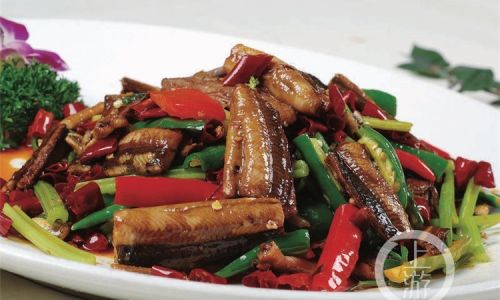
In the vast tapestry of culinary arts, dishes from various cultures weave intricate patterns that captivate the senses and nourish the soul. Among these, the humble yet exquisite combination of eel and celery stands out, especially in regions where rivers and lakes abound, offering fresh aquatic delicacies. Stir-frying eel with celery is not merely a meal; it’s a testament to the harmony between nature’s bounty and human ingenuity. This dish embodies the essence of traditional cooking, where simplicity meets sophistication, and where flavors intertwine to create a symphony on the palate.
In this culinary journey, we will delve into the intricacies of preparing stir-fried eel with celery. From selecting the freshest ingredients to mastering the art of stir-frying, every step is crucial in achieving a dish that balances savory, sweet, and umami notes, all while retaining the natural freshness of its components. Whether you’re a seasoned chef or an enthusiastic home cook, this guide promises to elevate your culinary skills and introduce you to a world of flavors you might have never explored before.
Chapter 1: The Ingredients: Freshness is Key
1 Eel: The Star of the Dish
At the heart of this dish lies the eel, a creature that thrives in freshwater environments. When choosing eel for stir-frying, opt for live or freshly caught specimens to ensure the best texture and flavor. Look for eels with firm, glossy skin and bright eyes. Avoid those that appear slimy or have dull, discolored skin, as they may indicate freshness issues.
Once you’ve secured your eel, the next step is to prepare it. This involves cleaning and filleting the eel meticulously. Start by rinsing the eel under cold running water to remove any external dirt or mucus. Use a sharp knife to make a clean cut along the belly, then carefully remove the internal organs and bones. Rinse the fillets thoroughly under cold water and pat them dry with paper towels.
2 Celery: The Unsung Hero
Celery, with its crisp stalks and aromatic leaves, serves as the perfect foil to the rich, earthy taste of eel. Choose bunches of celery with bright green leaves and firm, crisp stalks. Avoid celery that has limp stalks or yellowed leaves, as these are signs of aging.
To prepare the celery, trim off the stringy outer stalks and the bottom root end. Rinse the stalks thoroughly under cold water to remove any dirt or sand. Cut the stalks into bite-sized pieces, about 2-3 inches long, for even cooking and easy eating. The leaves can be reserved for garnishing, adding an extra layer of flavor and color to your dish.
3 The Aromatics and Seasonings
No stir-fry is complete without the right blend of aromatics and seasonings. For this dish, you’ll need garlic, ginger, shallots, and green onions. These ingredients not only enhance the flavor profile but also add depth and complexity to the dish.
Garlic should be finely chopped or minced, while ginger should be peeled and sliced into thin matchsticks. Shallots can be thinly sliced, and green onions should be cut into 2-inch lengths, separating the white and green parts for staggered cooking times.
Seasonings such as soy sauce, Shaoxing wine (or dry sherry as a substitute), sesame oil, white pepper, and a pinch of sugar are essential for balancing the flavors. Don’t overlook the importance of a high-quality vegetable oil for stir-frying, as it ensures even cooking and adds a subtle nutty flavor to the dish.
Chapter 2: Techniques: Stir-Frying with Precision
1 Preparing the Wok and Oil
The wok is the soul of stir-frying, providing the necessary surface area and heat retention to cook ingredients quickly and evenly. Preheat your wok over high heat until it’s smoking hot. This ensures that the oil reaches the ideal temperature for searing, locking in juices and flavors.
Add enough vegetable oil to coat the bottom of the wok generously. The oil should shimmer but not smoke excessively. This balance is crucial for achieving that perfect golden-brown sear on the eel and celery.
2 Stir-Frying the Aromatics
Once the oil is hot, add the chopped garlic, ginger, and shallots. Stir-fry these aromatics for about 30 seconds until they release their fragrant oils and turn lightly golden. This step is known as “fragrantizing” in Chinese cooking, and it sets the stage for the rest of the dish.
3 Cooking the Eel
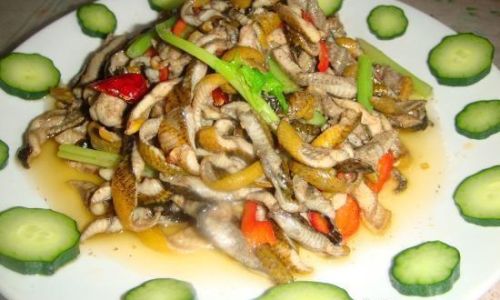
Next, add the eel fillets to the wok, spreading them out in a single layer to ensure even cooking. Be careful not to overcrowd the wok, as this will lower the temperature and steam the eel rather than sear it. Stir-fry the eel for about 2 minutes on each side, or until the outside is golden and slightly crispy, but the inside remains tender and juicy.
4 Adding the Celery
Once the eel is cooked to your liking, remove it from the wok and set it aside. In the same wok, add a bit more oil if needed and stir-fry the celery stalks for about 2-3 minutes. Celery should remain crisp-tender, retaining its bright green color and crisp texture.
5 Combining Ingredients and Seasoning
Return the eel to the wok, adding the white parts of the green onions. Pour in a mixture of soy sauce, Shaoxing wine, a pinch of white pepper, and a touch of sugar. Stir-fry everything together for another minute, allowing the sauces to coat the eel and celery evenly. The heat from the wok will reduce the sauce slightly, intensifying its flavors.
6 Finishing Touches
Finally, drizzle a small amount of sesame oil over the dish and stir to incorporate. This adds a subtle nutty aroma and richness to the final product. Add the green parts of the green onions and stir-fry for another 30 seconds to wilt them slightly. Remove the wok from heat and transfer the stir-fried eel with celery to a serving plate.
Chapter 3: Serving and Enjoying
1 Presentation Matters
Presentation is the final touch that elevates a dish from good to great. Garnish your stir-fried eel with celery with reserved celery leaves, a sprinkle of chopped green onions, and a drizzle of extra sesame oil for added shine. Arrange the pieces of eel and celery attractively on the plate, ensuring an inviting color contrast and texture play.
2 Pairing and Serving Suggestions
Stir-fried eel with celery pairs wonderfully with steamed rice, absorbing the savory juices and enhancing the overall dining experience. For a more elaborate meal, consider serving it as part of a multi-course Chinese banquet, accompanied by dishes like steamed dumplings, stir-fried vegetables, and a clear soup.
3 Savoring Each Bite
As you take your first bite, allow the flavors to meld on your palate. The tender, juicy eel should contrast beautifully with the crisp, aromatic celery. The harmonious blend of soy sauce, Shaoxing wine, and sesame oil should coat your mouth with a rich, umami-laden sauce, while the subtle notes of garlic, ginger, and shallots linger in the background.
Conclusion: A Culinary Legacy
Stir-frying eel with celery is a dish that transcends time and cultural boundaries, connecting cooks and diners through shared flavors and traditions. By following the steps outlined in this guide, you’ve not only prepared a meal but also embarked on a journey through the realms of taste, texture, and aroma. This dish is a testament to the beauty of simplicity, where fresh ingredients and timeless techniques create something extraordinary.
As you continue to perfect your stir-frying skills, remember that cooking is an art form that evolves with practice and experimentation. Don’t be afraid to tweak the recipe to suit your personal preferences or the ingredients available to you. The essence of stir-frying lies in its adaptability and the joy of creating something delicious from scratch.
So, the next time you find yourself at the stove, armed with a fresh eel, a bundle of celery, and a wok full of potential, remember that you’re not just cooking a meal; you’re crafting a culinary legacy, one bite at a time. Enjoy your culinary journey, and bon appétit!
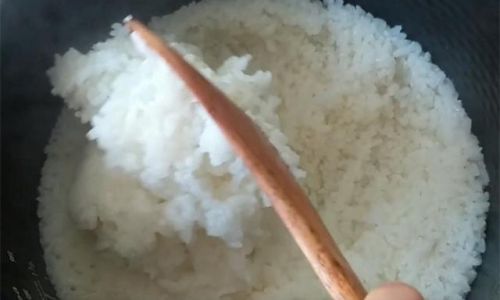
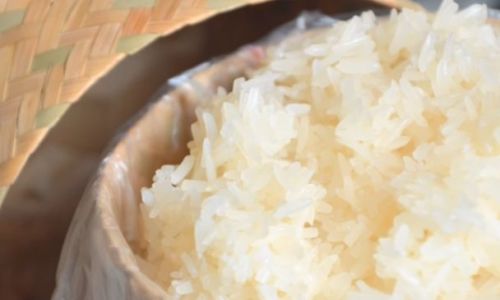
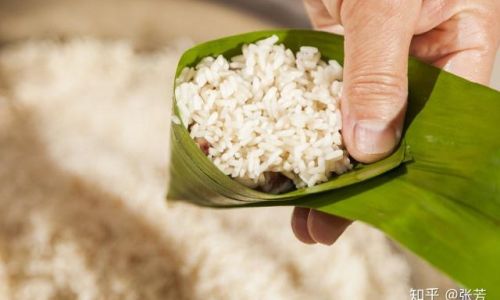
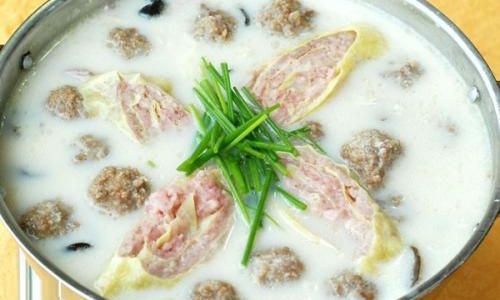

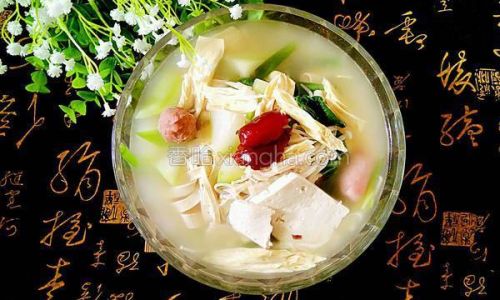
0 comments